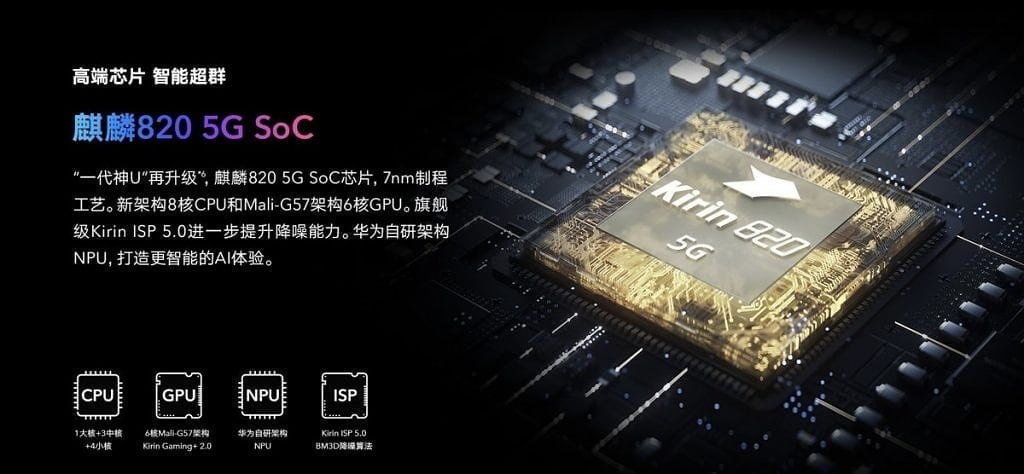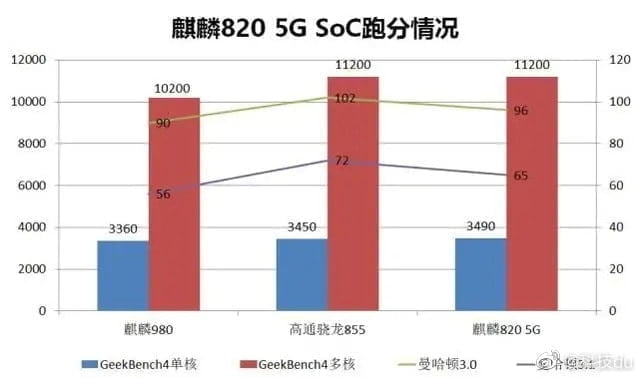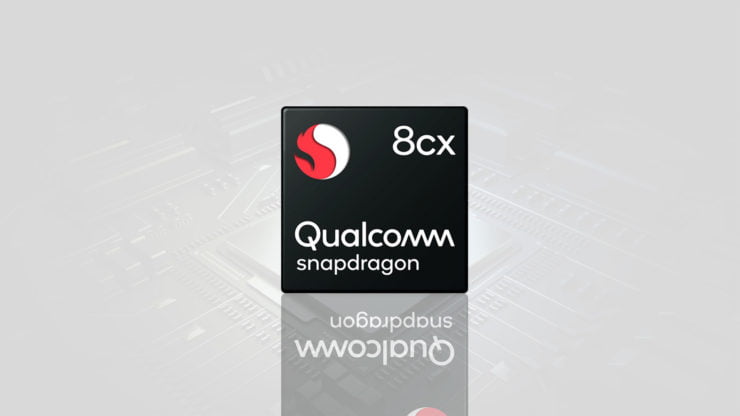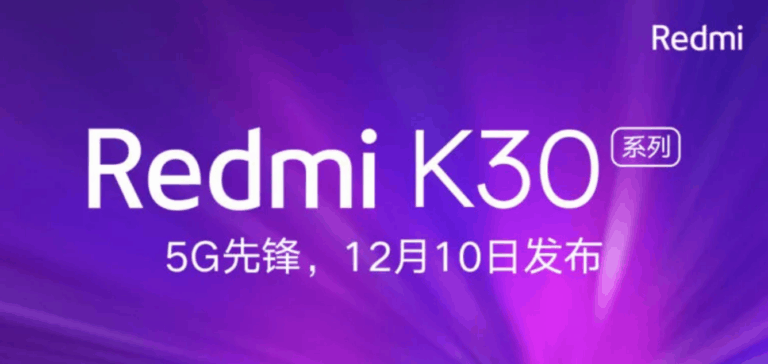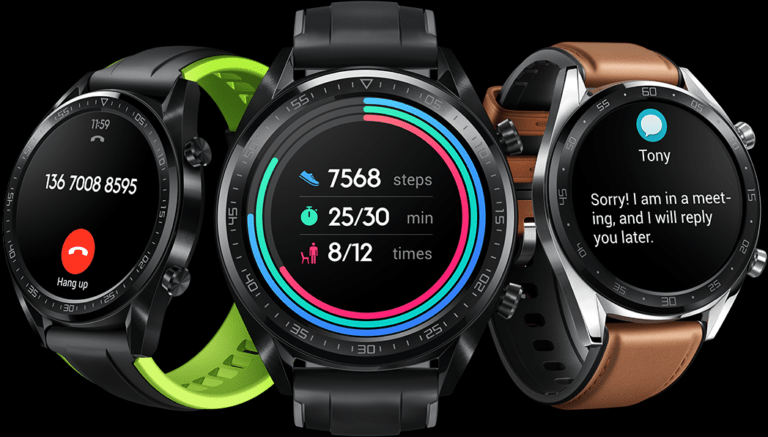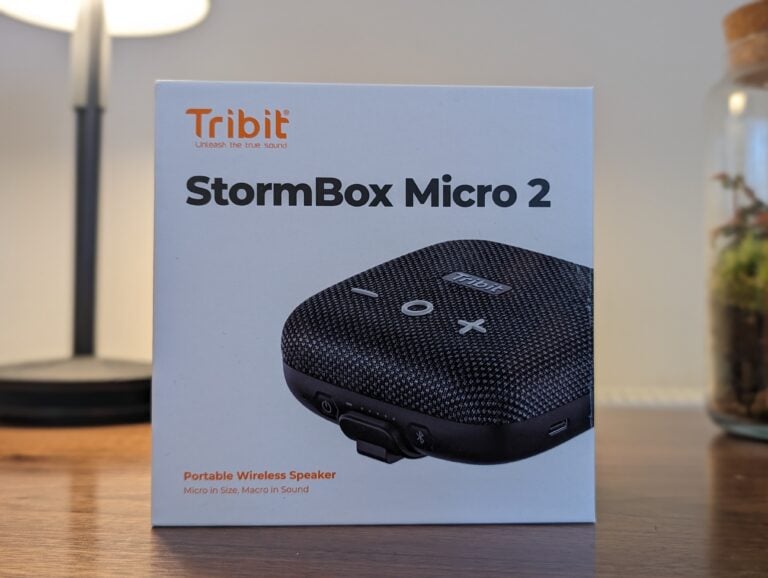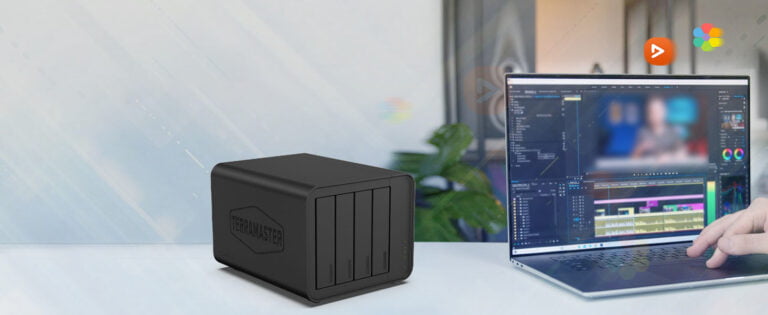Any links to online stores should be assumed to be affiliates. The company or PR agency provides all or most review samples. They have no control over my content, and I provide my honest opinion.
Yesterday Honor took the wraps off their latest upper-mid range phone in China, the Honor 30S. This is the first phone to feature the new Hisilicon Kirin 820 chipset, with its 5G connectivity this is positioned against the Qualcomm Snapdragon 765G, MediaTek Dimensity 800 and 1000l.
With the current disputes with the US, we are in a weird situation where the EU and UK have only just had a phone with the Kirin 810 in the form of the Honor 9X Pro. While the Kirin 820 doesn’t make the 810 obsolete yet, so far the 5G functionality has increased the cost of phones considerably, so if you are not interested in 5G then 4G alternatives will likely save you quite a bit of money.
Manufacturing Process
All the chipsets are manufactured on the 7nm fabrication process, but the specifics of the process have no been revealed. The current Kirin 810 uses an N7 process, and it is possible the new chipset may use N7P.
The one exception to the 7NM fabrication process is the Samsung Exynos 980 which uses 8nm
CPU
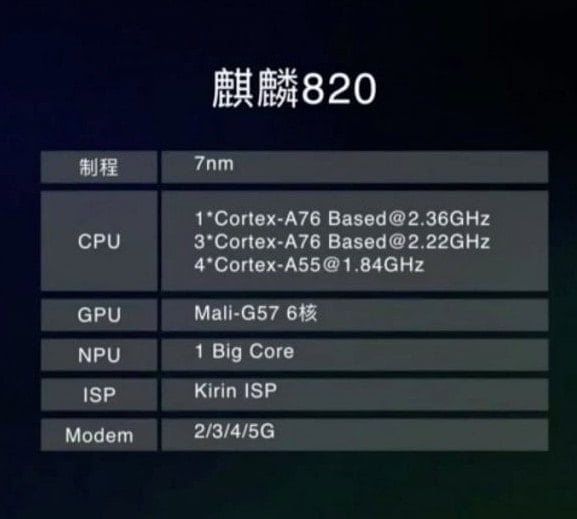
Benchmarks were leaked the other day showing a very impressive performance from the Kirin 820 putting it up against flagship chipsets from last year. I had hoped Hisilicon would use the Arm Coretex A77 cores, however they have taken a different approach.
Typically most mid-range chipsets adopt some form of 2×6 layout of the CPU. However, Hisilicon (and MediaTek) have bucked this trend and adopted a flagship-esque style of 4×4, or technically 1x3x4 for the Kirin 820.
For the Hisilicon Kirin 820 you get:
- 1 x Arm Cortex-A76 core at 2.36GHz
- 3 x Arm Cortex-A76 cores at 2.22GHz
- 4 x Arm Cortex-A55 cores at 1.84 GHz
The closest competitor would be the Dimensity 800 you get:
Out of all the mid-range 5G chipsets, the Dimensity 1000l has the highest specification, and at this point, I am wondering if this is the actual flagship from MediaTek, as there have been no announcements for the claimed Dimensity 1000.
- 4 x Arm Cortex-A77 cores at 2.2 GHz
- 4 x Arm Cortex-A55 cores at 2.0 GHz
Then the Qualcomm Snapdragon 765G adopts a more common mid-range config:
- 1 x Arm Cortex-A76 core at 2.4GHz (Kryo 475 Prime)
- 1 x Arm Cortex-A76 cores at 2.2GHz (Kryo 475 Gold)
- 4 x Arm Cortex-A55 cores at 1.8 GHz (Kryo 475 Silver)
Then the Samsung Exynos 980 uses the more advanced A77 cores with:
- 2 x Arm Cortex-A77 cores at 2.2 GHz
- 6 x Arm Cortex-A55 cores at 2.0 GHz
So on paper, Qualcomm, which will be the most popular chipset out of all the above, is the worst specced.
GPU
With the GPU, comparisons are a little harder but each chipset uses the following:
- Hisilicon Kirin 820 – Arm Mali G57 MP6
- Qualcomm Snapdragon 765G – Adreno 620
- MediaTek Dimensity 800 – Mali-G57 MP4
- MediaTek Dimensity 1000l – Mali-G77 MP9
- Samsung Exynos 980 – Mali G76 MP5
So the Dimensity 1000l looks like a flagship chipset again and is clearly the best specification.
The Arm Mali G57 is the latest mid-range Valhall based GPU which promises a 30% boost in performance, energy efficiency and silicon density compared to a Mali-G52.
Whereas the Mali G76 on the Samsung is a flagship GPU but a generation behind.
The MP number stands for the number of cores/processors so the Kirin 820 should easily outperform the Dimensity 800.
Qualcomm do their own thing with the Adreno 620, so the only way to compare that is against benchmarks
AI
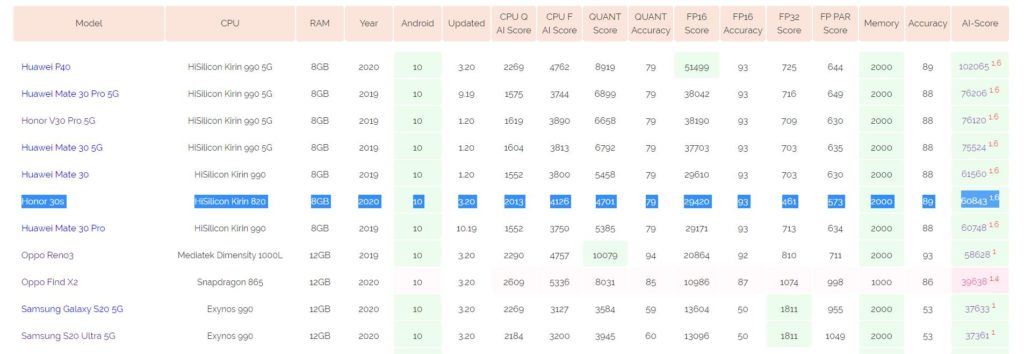
Comparing the specification of AI is hard too, often it is just made up words from each company
- Hisilicon Kirin 820 – 1 big core (improves AI performance by 73% over the Kirin 810)
- Qualcomm Snapdragon 765G – Hexagon 696
- MediaTek Dimensity 800 – 3rd Gen APU
- MediaTek Dimensity 1000l – 3rd Gen APU
- Samsung Exynos 980 – Integrated NPU
Ai Benchmarks is the only relatively useful tool for comparison. I have found that its results can be very inconsistent, so I take everything with a grain of salt. HiSilicon has dominated the top of the charts since it started, and HiSilicon/Huawei has been making big claims about their AI for years now with the Kirin 970 being the worlds first chipset with a dedicated NPU/APU.
In order of performance:
- Honor 30s – HiSilicon Kirin 820 – with a score of 60843
- Oppo Reno3 – Mediatek Dimensity 1000L – with a score of 58628
- Honor 9X Pro – HiSilicon Kirin 810 with a score of 34495
- vivo X30 – Exynos 980 with a score of 15664
- Oppo Reno3 Pro 5G – Snapdragon 765G with a score of 11139
The shockingly bad score on the Snapdragon 765G is a good indication of how useless AI benchmark is.
The score seems heavily reliant on the FP16 score, something which HiSilicon seem to be very good at getting high results on and a result which the SD765G seems to just completely fail on. The means it scores lower than the Snapdragon 670 overall.
The same issue comes into play with the Exynos 980, putting it between the Snapdragon 730G and SD712 – which is just not accurate at all.
ISP
The ISP has been upgraded to the imaginatively named ISP 5.0 which will put this on par with the flagship Kirin 990 5G.
Connectivity
All the compared chipsets are 5G, they are also all integrated modems, unlike the flagship counterparts on Samsung and Qualcomm.
The Kirin 820 has got the same 5G modem used in Kirin 990 5G flagship SoC. It supports both SA-NSA 5G Mode and Multi-Mode 5G networks.
Benchmarks Scores
At the moment we have limited benchmark data with most of it leaked information, so how accurate it is remains to be seen.
AnTuTu Benchmark
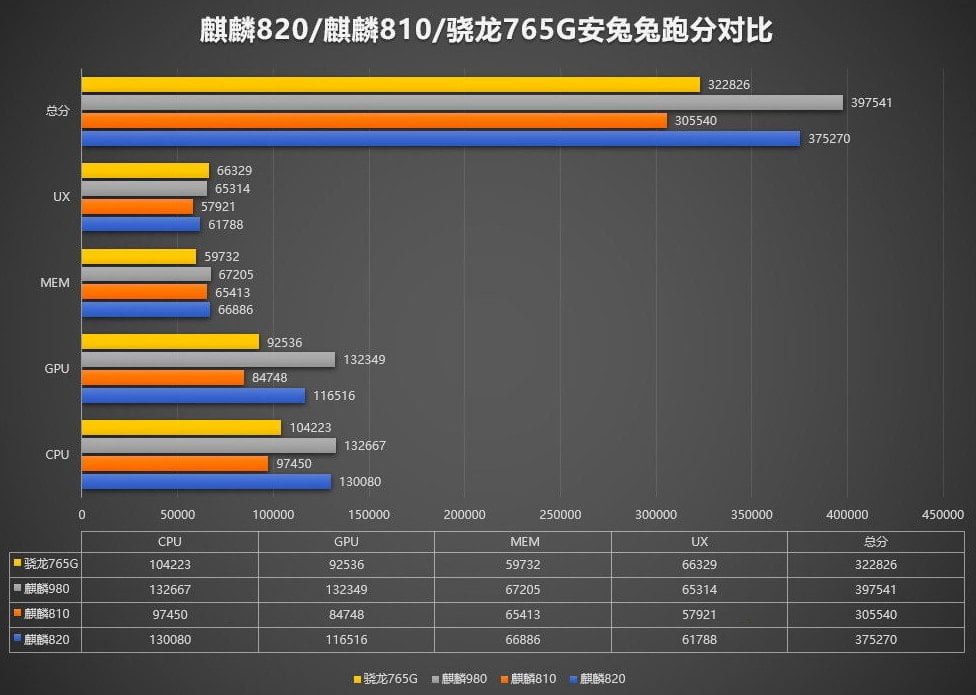
We don’t have any data on the MediaTek Dimensity 800 yet, but it will score lower than the Kirin 820 as the CPU is clocked lower and the GPU has less cores.
As we can see, the Kirin 820 pretty much dominates the results against Qualcomm and Samsung. The Dimensity 1000L unsurprisingly comes out top, again showing it is a flagship chipset.
What is strange is the GPU score is higher on the Kirin 820 vs the Dimensity 1000L. Until proper benchmarks come out, definitely take all this with a pinch of salt.
| Kirin 820 | Snapdragon 765G | Exynos 980 | Dimensity 1000L | |
|---|---|---|---|---|
| Total | 375270 | 302847 | 326029 | 379839 |
| CPU | 130080 | 98651 | 116836 | 143075 |
| GPU | 116516 | 87564 | 88459 | 107282 |
| MEM | 66886 | 57985 | 57598 | 75354 |
| UX | 61788 | 58647 | 63136 | 54128 |
Geekbench Benchmark
The Kirin 820 5G has been reported as scoring in Geekbench 4
- Single-Core – 3490
- Multi-Core – 11200
The Snapdragon 765G was reported as
- Single-core: 3072
- Multi-core: 7661
The Exynos as:
- Single-core: 3078
- Multi-core: 7346
The OPPO Reno3 MediaTek Dimensity 1000L was reported as having:
- Single-core: 3179
- Multi-core: 9918
I am a little sceptical of the Kirin 820 results but it should easily outperform the Snapdragon 765G and likely the Samsung.
Overall
The Hisilicon Kirin 820 looks like it is a monster of a mid-range chipset that should comfortably outperform the more popular Snapdragon 765G.
However, that is not the full story. Price and availability are important, it doesn’t matter if it is better than the SD765G if the phones are expensive.
Currently, there is no international availability of the Honor 30S but is has launched in China with a base spec of 8/128GB for CNY 2,399 (£274)
The OPPO Reno3 with Dimensity 1000l launched at CNY 3,999 (£457)
The Realme X50 5G with the SD765 launched at CNY 2,499 (£285)
The Vivo X30 launched at CNY 3,298 (£377)
So pricing appears to be excellent with the Kirin 820 based Honor 30s being cheaper than other mid-range 5G phones.
UK/EU availability is entirely unknown, and this is where the SD765G wins, there are already multiple phones based on this chipset and the Xiaomi Mi 10 Lite 5G and Nokia 8.3 5G are both confirmed for the UK soon.
Lastly, there is there issue with Google – even with the UK launch the Honor or any phone based on the Kirin 820 will not have Google Mobile Services. You will be able to access most of the apps you want from Huawei App Gallery, and you can sideload many apps, but things like banking apps and Google pay will not be possible for the foreseeable future.
I am James, a UK-based tech enthusiast and the Editor and Owner of Mighty Gadget, which I’ve proudly run since 2007. Passionate about all things technology, my expertise spans from computers and networking to mobile, wearables, and smart home devices.
As a fitness fanatic who loves running and cycling, I also have a keen interest in fitness-related technology, and I take every opportunity to cover this niche on my blog. My diverse interests allow me to bring a unique perspective to tech blogging, merging lifestyle, fitness, and the latest tech trends.
In my academic pursuits, I earned a BSc in Information Systems Design from UCLAN, before advancing my learning with a Master’s Degree in Computing. This advanced study also included Cisco CCNA accreditation, further demonstrating my commitment to understanding and staying ahead of the technology curve.
I’m proud to share that Vuelio has consistently ranked Mighty Gadget as one of the top technology blogs in the UK. With my dedication to technology and drive to share my insights, I aim to continue providing my readers with engaging and informative content.

